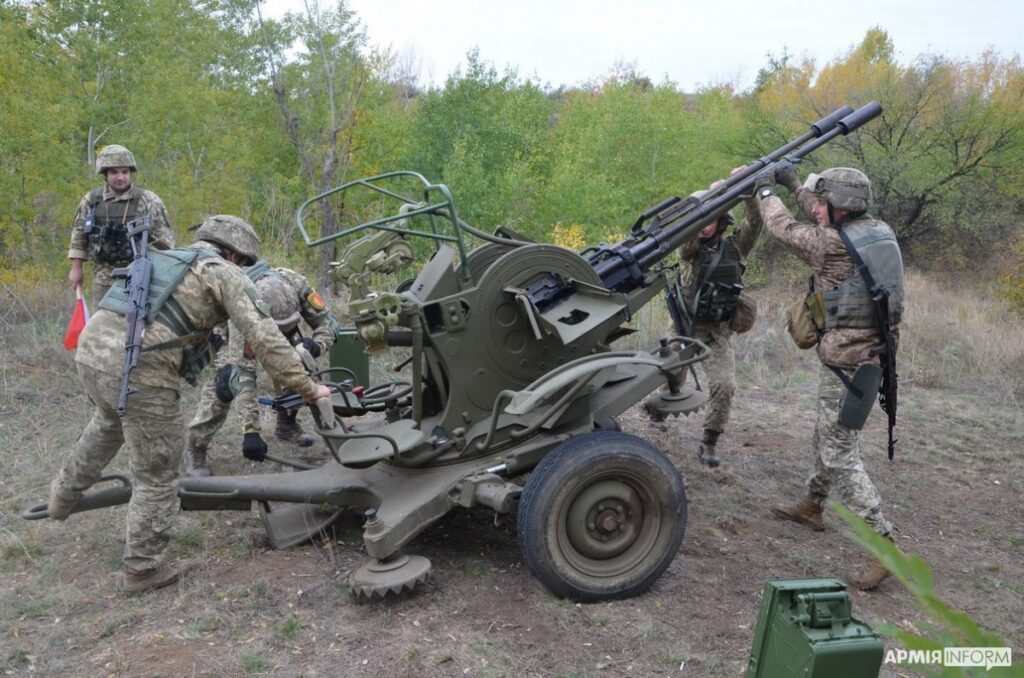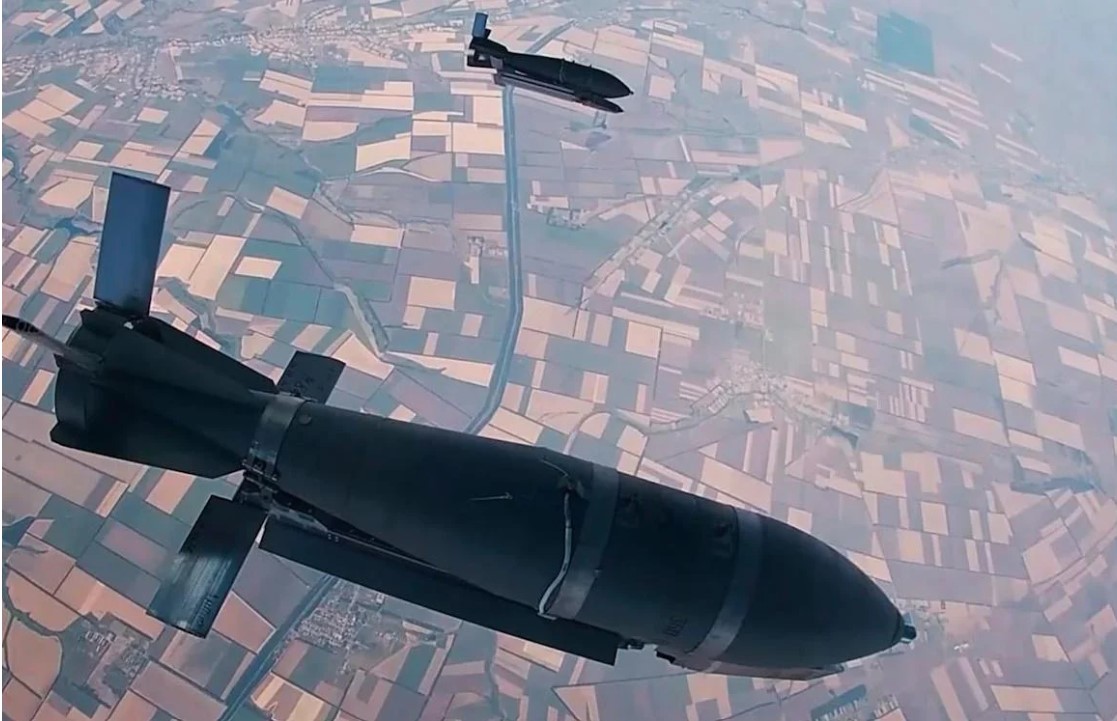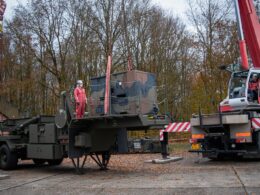Ukraine achieved a significant milestone in its air defense capabilities by intercepting a Russian guided aerial bomb (KAB) near the city of Zaporizhzhia on 6 January. While the Air Force confirmed this wasn't their first such interception, reports suggest an "experimental weapon" was used, causing the bomb to crash on the city's outskirts. The Air Force has maintained operational secrecy around specific methods.
The development follows months of focused efforts to counter these devastating weapons. President Zelenskyy had highlighted this priority in early 2024, and by July, activist Serhii Prytula had signaled the approaching deployment of a specialized Ukrainian counter-weapon.
According to Defense Express's analysis, one potential system used could be the ZU-23-2 anti-aircraft gun. Though not originally designed for high-speed targets, its 2.5 km effective range makes it suitable for point defense when expertly operated.

The Ukrainian aviation channel Soniashnyk supports this theory, suggesting Ukrainian forces successfully adapted this Soviet-era weapon.
"We've never had problems detecting KABs. Even old Soviet radars can spot them," the channel reported. "The challenge has always been response time and cost—guns have limited range, while missiles are expensive."
Defense Express highlights that modernizing and automating these anti-aircraft systems could significantly enhance their effectiveness while reducing reliance on operator skills. They cite Rheinmetall's Skyguard Air Defence as an example, which integrates multiple 35mm GDF007 guns with automated detection and targeting.
Russian forces have increasingly employed guided aerial bombs (KABs) to devastate frontline cities and towns in Ukraine, including Kharkiv and Zaporizhzhia. These attacks have caused significant civilian casualties and widespread destruction, as KABs are extremely difficult to intercept due to their high velocity, large explosive payloads, and ability to be launched from a distance beyond the range of many Ukrainian air defenses.
Read more:
- Russian KAB-1500 bomb strike on Kharkiv Oblast kills two civilians as power lines fall
- Four Russian Su-35 jets conduct airstrike on Kherson district with KAB-500 bombs
- Two schoolgirls burned alive in Zaporizhzhia as Russian airbombs kill 10




